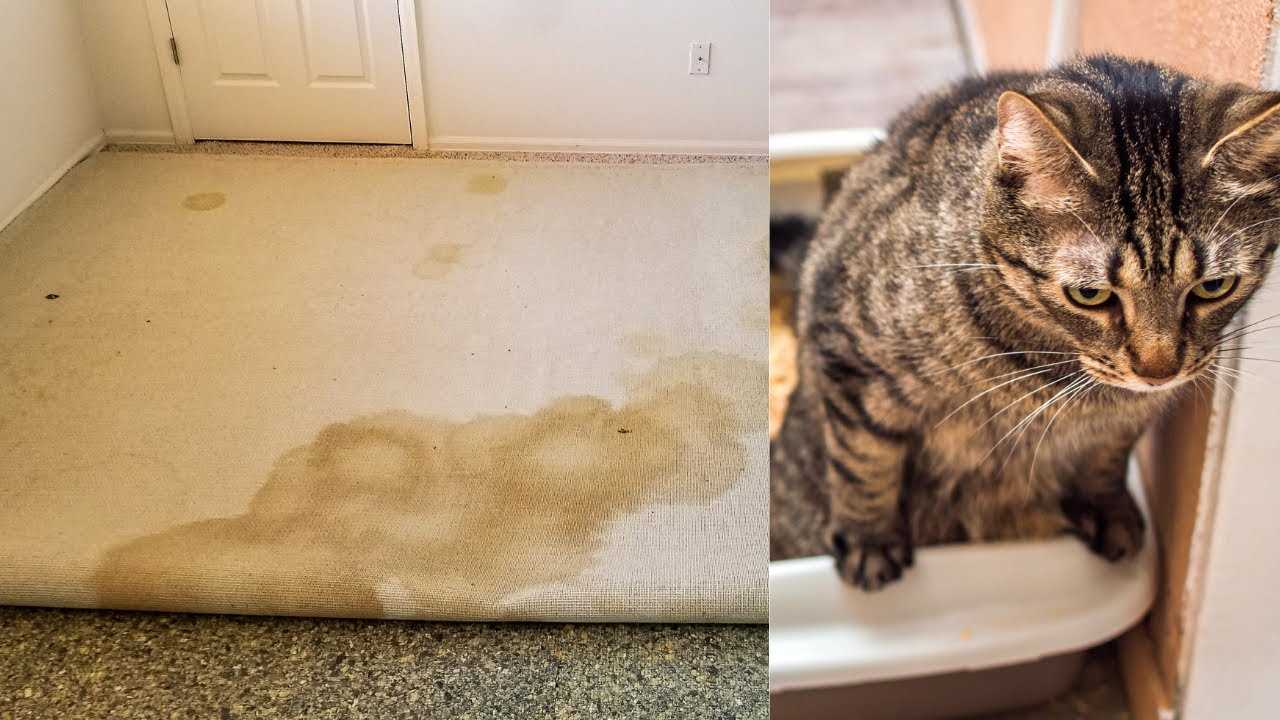



To tackle those unwanted odors and discolorations, begin by absorbing as much liquid as possible with paper towels or a clean cloth. Gently blot the area, taking care not to rub, as this can spread the issue further.
Next, create a solution with equal parts water and white vinegar. Lightly spray the affected area, allowing the mixture to penetrate the fibers. The vinegar neutralizes unwanted scents effectively. After a few minutes, blot again with a clean cloth to lift the mixture and any lingering residue.
For persistent issues, a sprinkle of baking soda can work wonders. Allow it to sit for several hours or overnight, then vacuum thoroughly. This step not only absorbs remaining odors but also refreshes the texture of the fabric.
In case of stubborn spots, consider using an enzymatic cleaner specifically designed to break down organic compounds. Follow the instructions carefully for the best results. Always test any solution on a hidden area to ensure there’s no discoloration.
With these techniques, your favorite spot will be fresh and clean once again, making it a pleasant place for both you and your humans!
Tips for Eliminating Unpleasant Odors from Your Carpet
Mix equal parts of white vinegar and water in a spray bottle. Generously apply the solution to the affected area. Let it sit for about 10 minutes, then blot with a clean cloth. This combination neutralizes the odor effectively.
Use Baking Soda
After treating the spot with vinegar, sprinkle baking soda liberally over it. This natural deodorizer absorbs lingering odors. Allow it to sit for several hours or overnight, then vacuum the area thoroughly to remove the residue.
Commercial Products
Select enzymatic cleaners specifically designed for pet accidents. Follow the manufacturer’s instructions carefully for the best results. These products break down the odor-causing substances at a molecular level.
Regular maintenance can help prevent future issues. Clean spills immediately and consider using a fabric protector to create a barrier against stains. Keeping your living space fresh will make both you and your humans happier!
Identify the Source of the Odor
First, locate the exact area that emits the unpleasant scent. Use your nose as a guide; sniff around and pay attention to spots where my human likely sees me frequenting. If you have a black light, it can reveal any hidden stains that aren’t visible in regular light.
Check Under Furniture
Don’t forget to check beneath sofas, chairs, and other furniture. I sometimes like to sneak away and do my business in corners that might be overlooked. It’s essential to inspect these hidden areas thoroughly.
Evaluate the Entire Room
Examine the entire room, including carpets, cushions, and any fabric that might have absorbed the odor. Pay special attention to spots where I might have marked my territory. If you’re uncertain about my favorite hangout spots, consider placing a small amount of water in a shallow dish near areas of suspicion. If I return to it, you’ll know that’s the source!
For my older feline friends who might be having trouble eating, you can check out the best cat food for older cats with bad teeth to ensure they stay healthy and happy!
Gather Necessary Cleaning Supplies
Start with an enzymatic cleaner specifically designed for tackling pet odors. These cleaners break down the organic compounds responsible for unpleasant scents. Look for one that is safe for various surfaces.
Gathering Additional Items
You’ll need white vinegar, which neutralizes odors effectively. Baking soda is another great option; it absorbs moisture and helps eliminate lingering fragrances. A spray bottle will make applying your solutions easier, while clean cloths or paper towels are crucial for blotting up any accidents.
Tools for the Job
Consider a soft brush or sponge to help work the cleaner into the fibers of the fabric. A wet/dry vacuum can be invaluable for thorough extraction of moisture. Lastly, some gloves will keep your paws clean while you tackle the task.
Apply a Vinegar Solution to the Affected Area
Mix one part white vinegar with one part water in a spray bottle. This solution is effective in neutralizing unpleasant odors. Generously spray the mixture onto the stained area without soaking the fabric. Allow it to sit for about 10 to 15 minutes, giving it time to penetrate the fibers.
Blot the Area
After the vinegar solution has rested, use a clean cloth or paper towel to gently blot the area. This step absorbs excess liquid and odor particles. Repeat the blotting process until the area is no longer damp.
Rinse and Dry
Rinse the treated area with cold water using a damp cloth. Then, blot again to remove any remaining vinegar solution. Let the fabric air dry completely. To speed up the drying process, use a fan or open windows for better airflow.
| Step | Action |
|---|---|
| 1 | Mix vinegar and water. |
| 2 | Spray the solution on the spot. |
| 3 | Let it sit for 10-15 minutes. |
| 4 | Blot with a clean cloth. |
| 5 | Rinse with cold water. |
| 6 | Let dry completely. |
Neutralize Odor with Baking Soda

I’ve discovered that baking soda is a fantastic solution for tackling unwanted odors. It works by absorbing and neutralizing the unpleasant scents lingering in the fibers. Here’s how you can use it effectively:
- First, ensure the area is clean and dry. If any liquid remains, blot it up with a paper towel.
- Generously sprinkle baking soda over the affected region. Make sure to cover it thoroughly.
- Allow the baking soda to sit for several hours, or ideally overnight. This gives it time to absorb the odors.
- Afterward, vacuum the area to remove the baking soda. This will also lift any remaining particles and help restore the texture of the rug.
If the odor persists, you might want to repeat the process. For additional cleaning options, check out the best accident cleaner for dogs that can complement your efforts.
Additional Tips
- For a fresh scent, consider adding a few drops of essential oil to the baking soda before application.
- Regular maintenance with baking soda can help prevent odors from building up.
Rinse and Dry the Rug Properly
Thoroughly rinse the area after applying your cleaning solution. Use warm water and a clean sponge or cloth to ensure all residues are washed away.
Steps for Rinsing

- Saturate the sponge with warm water.
- Gently blot the area, avoiding rubbing, which can worsen the situation.
- Continue until the sponge no longer picks up any cleaning solution.
After rinsing, it’s crucial to dry the affected section effectively. Moisture can lead to lingering issues, so follow these tips:
Drying Techniques
- Use a clean, dry towel to pat the area, absorbing as much water as possible.
- If available, place a fan nearby to circulate air and speed up the drying process.
- Consider using a dehumidifier if the environment is particularly humid.
Ensure the area is completely dry before allowing foot traffic. This will help prevent any return of unwelcome odors and maintain a fresh environment in your space.
Prevent Future Incidents with Training Tips
Consistency in training is key. Establish a designated area for your business and reward me with treats when I use it. This positive reinforcement encourages me to return to that spot.
Use a specific command each time I go to the right place. Over time, I’ll associate that command with the behavior you want. It’s all about repetition and association.
Monitor My Behavior

Keep an eye on my habits. If I start acting out or showing signs of stress, address it quickly. Changes in my environment can affect my choices. Small adjustments, like adding more litter boxes or varying my environment, can make a big difference.
Engage in Playtime
Regular play sessions help me release energy and reduce anxiety. A tired kitty is less likely to misbehave. Incorporate interactive toys to keep me engaged and happy.








